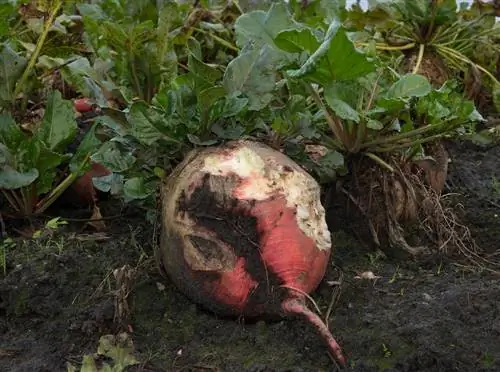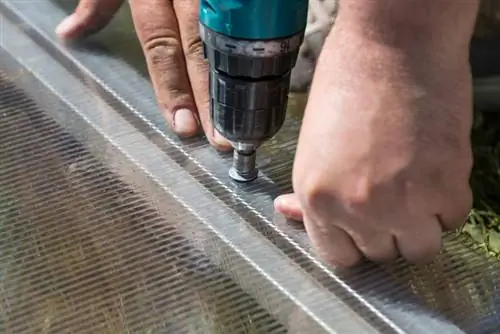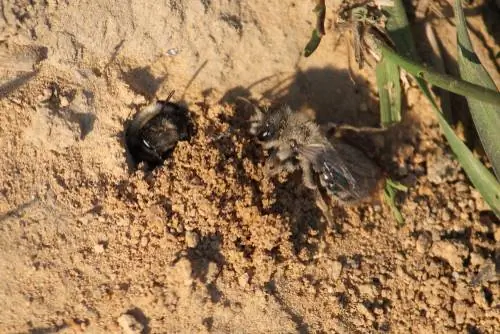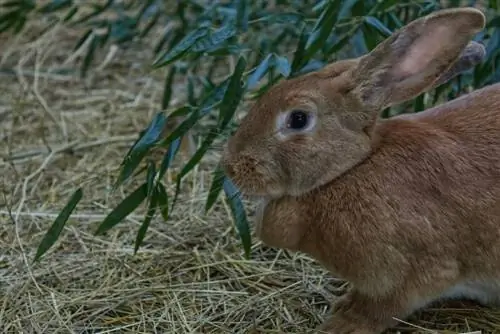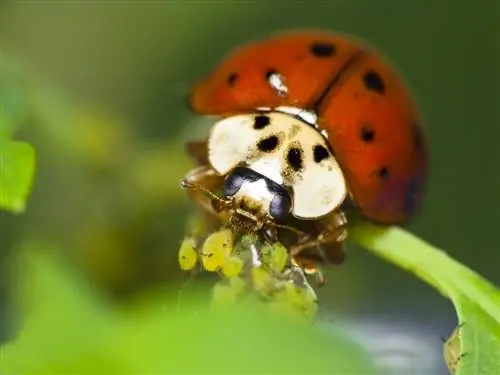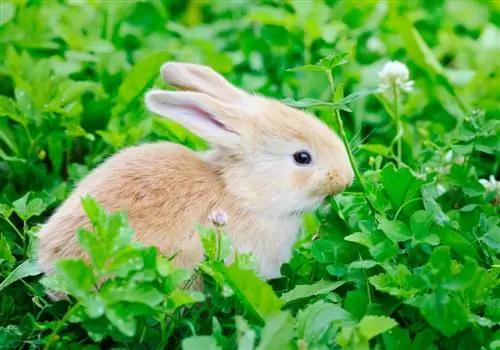- Author admin [email protected].
- Public 2023-12-16 16:46.
- Last modified 2025-01-23 11:22.
Voles love plants - especially roots. But do they have specific food preferences? Are there plants they avoid and do voles also eat insects? Find out everything about the diet of voles here, as well as what they like and what they avoid.

What is the preferred food of voles?
Voles feed primarily on plant roots, especially clematis, fruit trees, flower bulbs and vegetables. However, they avoid some plants such as imperial crown, daffodils, mullein, oleander and strong-smelling crops such as garlic, basil and thyme.
What do voles like to eat most?
Voles nibble on plants from below, which is why the damage often only becomes visible when the affected plants die. Roots are their favorite food, and parts of plants above ground such as leaves, grass or fruits are rarely eaten. Voles particularly like to eat the roots of:
- Clematis
- Fruit trees
- Flower bulbs
- Vegetables
Luring voles into the trap
If you want to equip a live trap with attractants, you should consider the vole's nutritional preferences. While other mice put cheese and meat in the trap, voles are pure vegetarians and as such do not eat ham, cheese or insects!Therefore, you should instead fill your trap with vole food such as potatoes, Jerusalem artichokes, carrots, Add celery or other vegetables.
Learn in this article how to make your own vole bait (€31.00 on Amazon).
What do voles not like?
To make the garden as unappetizing as possible for voles, it is recommended to plant plants that voles avoid. These include, among others:
- Imperial Crown
- Cross-leaved Spurge
- Daffodils
- mullein
- Oleander
- Tagetes
- as well as strong-smelling crops such as garlic, basil and thyme.
Fighting voles with plants alone is usually not enough. Combine the deterrent plants with other unpleasant smells such as the flooded passages of the voles or ultrasound devices.
Tip
To protect individual plants from hungry animals, you can equip them with a plant basket. The wire mesh keeps the voles from nibbling on the sensitive roots.

